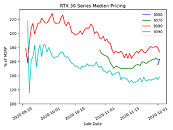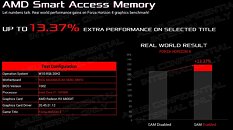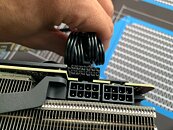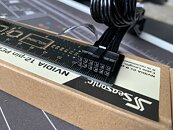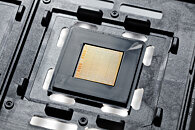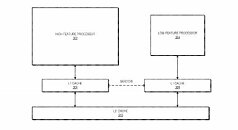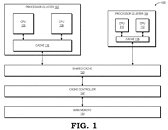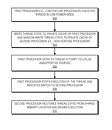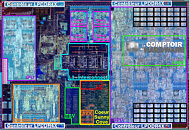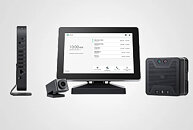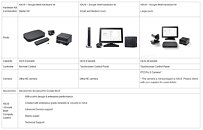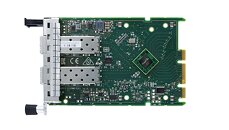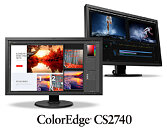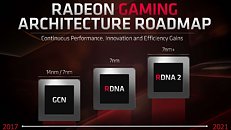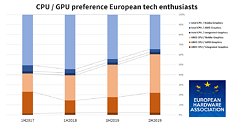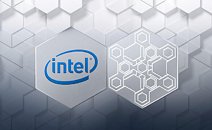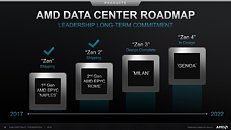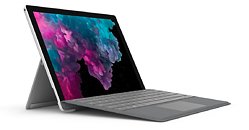TerraMaster Introduces Upgraded D8 Thunderbolt 3 8-Bay DAS for Professional Creators
TerraMaster, a professional brand that specializes in providing innovative storage products including direct-attached storage (DAS) devices, introduces the upgraded D8 Thunderbolt 3 (D8-331) 8-bay professional-grade RAID storage. The new D8 Thunderbolt 3 model features an upgraded RAID controller that delivers faster data transmission by up to 30% over the previous model. The new model delivers speeds of up to 2100 MB/s in RAID 0 using eight SSDs (old model 1600 MB/s). The D8 Thunderbolt 3 RAID storage is designed for professional creators such as video editors, animators, photographers, and others. Now, creators can enjoy even faster data transmission speeds to get work done faster.
The TerraMaster D8 Thunderbolt 3 is ideal for small- and medium-sized enterprises in need of high-speed, large-capacity storage for content creation, perfect for creators working on applications like Apple Final Cut Pro X, Adobe Lightroom, DaVinci Resolve, and others. The RAID storage also comes with two 40 Gb/s Thunderbolt 3 ports that are fully compatible with the latest macOS Big Sur system version.
The TerraMaster D8 Thunderbolt 3 is ideal for small- and medium-sized enterprises in need of high-speed, large-capacity storage for content creation, perfect for creators working on applications like Apple Final Cut Pro X, Adobe Lightroom, DaVinci Resolve, and others. The RAID storage also comes with two 40 Gb/s Thunderbolt 3 ports that are fully compatible with the latest macOS Big Sur system version.







